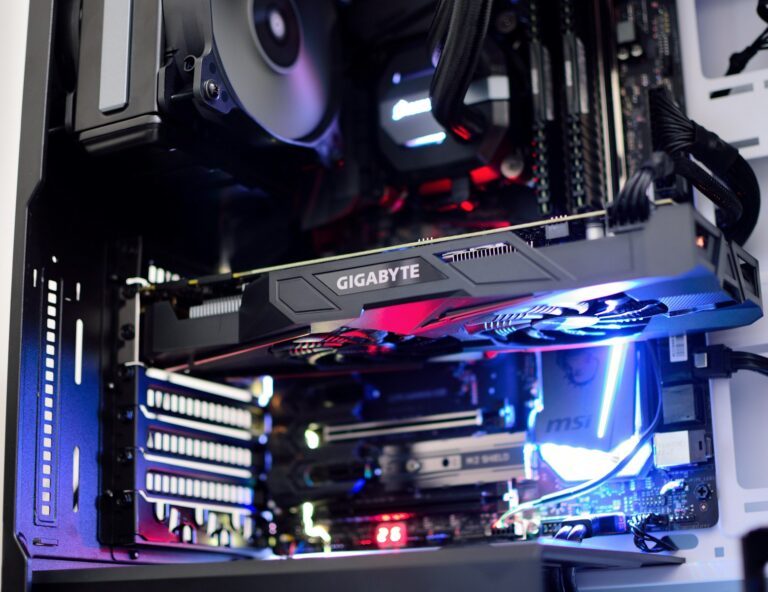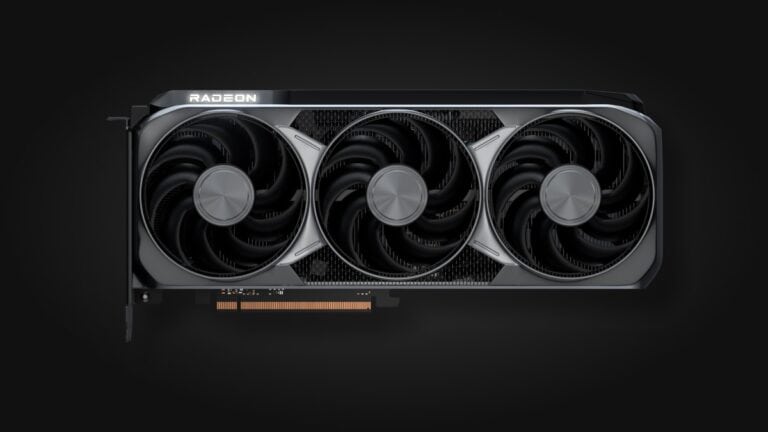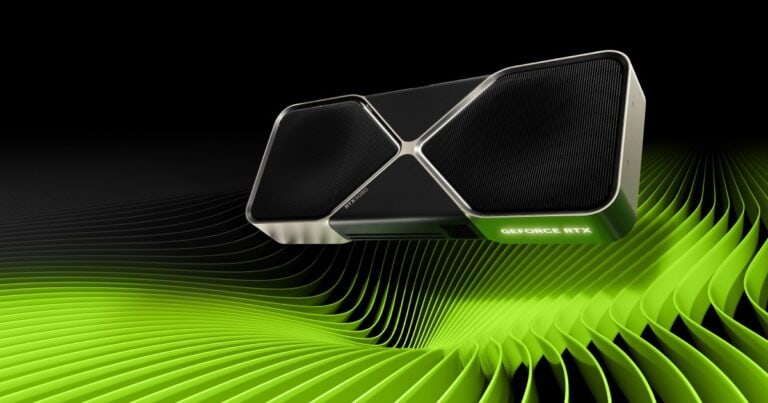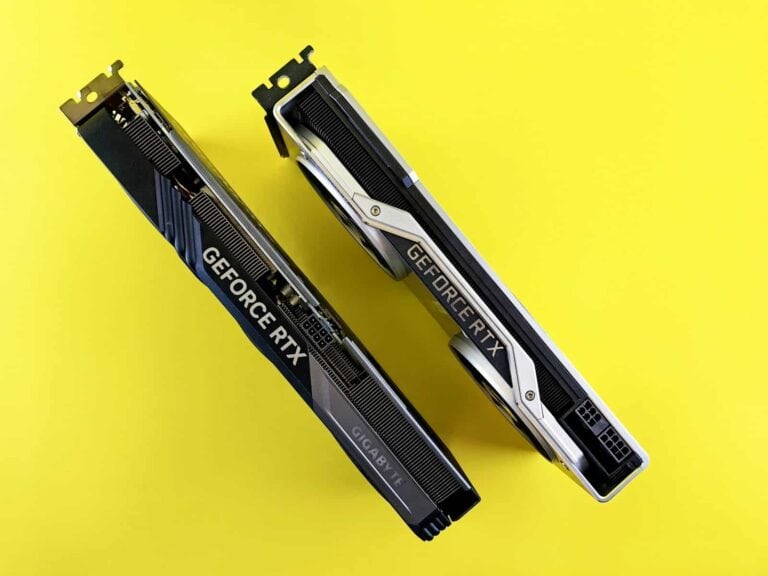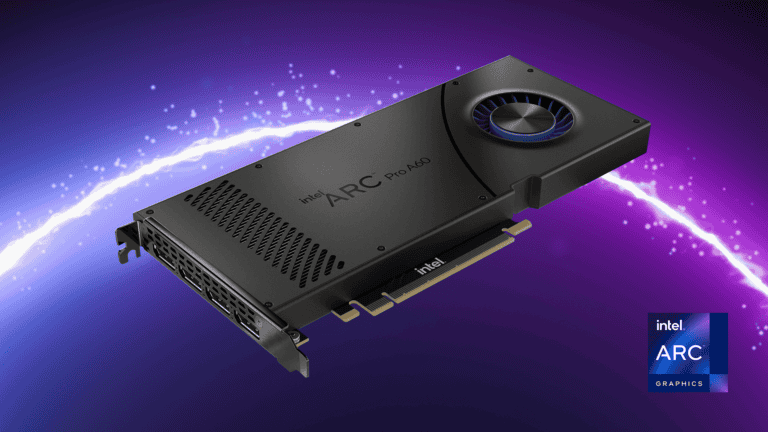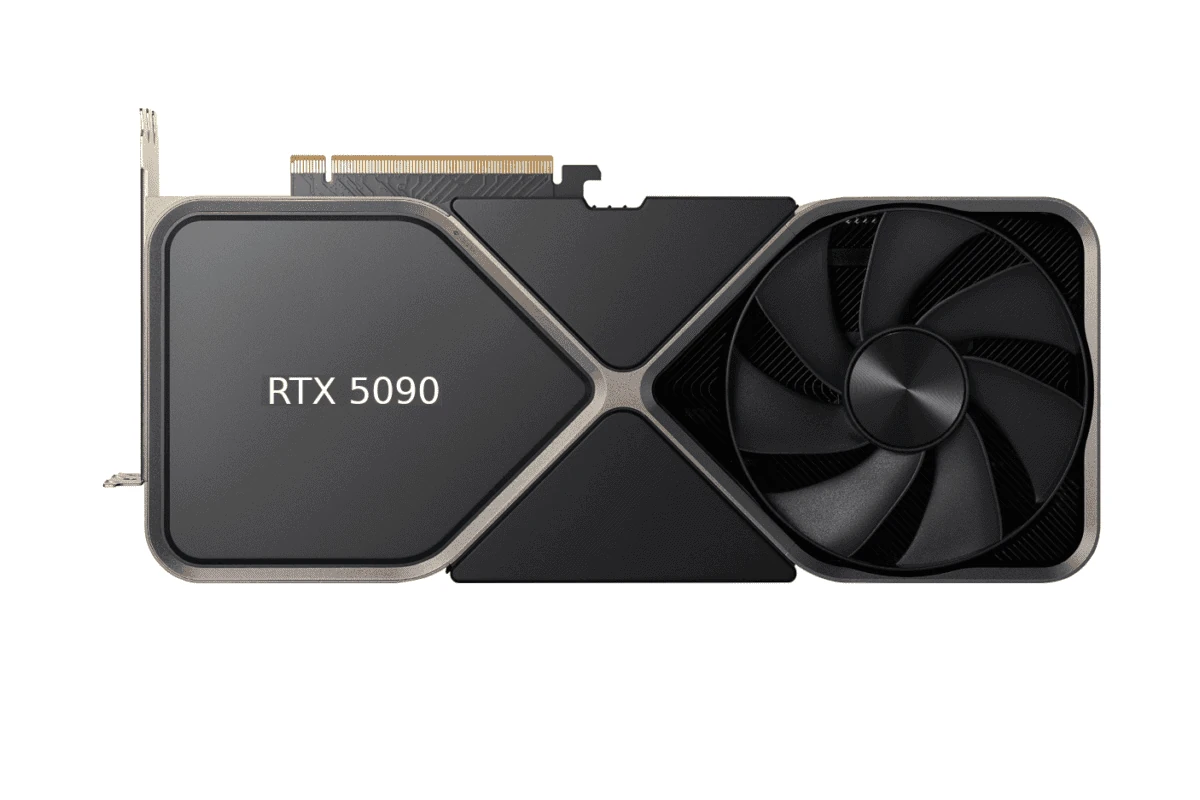
Nvidia’s upcoming 5000 series graphics cards are anticipated to deliver significant improvements over their predecessors, with next-generation performance in AI, gaming, and rendering. The Nvidia 5000 series, based on the new Blackwell architecture, is expected to launch in early 2025 after CES and will modernize the NVIDIA lineup for gamers and professionals. The current estimated release month is February 2025, with a reveal earlier in January 2025. With potential advancements in architecture, memory technology, and AI capabilities, the 5000 Series has the potential to reshape the landscape of gaming, content creation, and beyond.
Rumors suggest exciting upgrades for the flagship models. The RTX 5090 could feature 192 streaming multiprocessors and 512-bit GDDR7 memory, potentially offering a substantial leap in graphics processing power. Lower-tier cards like the RTX 5070 might use GDDR6 memory, balancing cost and performance for a wider range of users.

The 5000 series is likely to build upon Nvidia’s strengths in AI and ray tracing. With the growing importance of these technologies in gaming and content creation, the new GPUs could open up new possibilities for realistic graphics and advanced computational tasks.
Breaking Down The the NVIDIA 5000 Series
The rumor mill surrounding NVIDIA’s next-generation graphics cards, the 5000 Series, is in full swing. While official details remain scarce, here’s a roundup of what we know so far based on leaks and industry whispers:
Potential Models and Specs
| Model | Codename | Architecture | CUDA Cores | Memory | TDP | Expected Release |
|---|---|---|---|---|---|---|
| RTX 5090 | Blackwell GB100 | Ada Lovelace Next | ~18,432 | 48 GB GDDR7 | 600W | Early 2025 |
| RTX 5080 | Blackwell GB102 | Ada Lovelace Next | ~14,144 | 32 GB GDDR7 | 450W | Early 2025 |
| RTX 5070 | Blackwell GB103 | Ada Lovelace Next | ~10,752 | 24 GB GDDR7 | 350W | Early 2025 |
- Architecture: The 5000 series is expected to be based on the “Ada Lovelace Next” architecture, a refined version of the current Ada Lovelace architecture.
- Performance: Rumors suggest a significant performance jump, potentially up to 2-2.5x compared to the 3000 series.
- Memory: High-end models might feature up to 48 GB of GDDR7 memory, offering increased bandwidth and capacity.
- Power Consumption: Expect higher TDPs due to increased performance, potentially reaching 450-600W for top-tier models.
- Ray Tracing and DLSS: Further improvements in ray tracing and DLSS performance are anticipated.
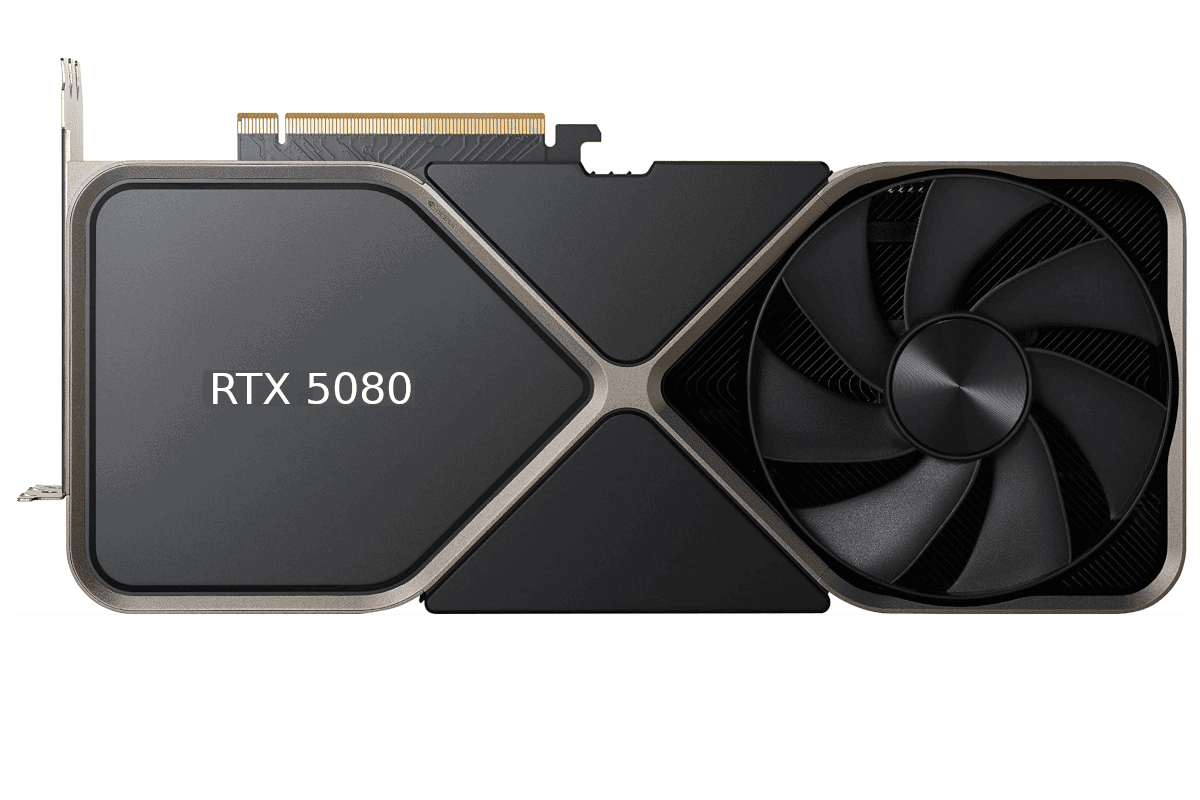
Release Date
The most recent rumors indicate a late 2024 or early 2025 release window for the NVIDIA 5000 Series. However, these dates are subject to change due to various factors like supply chain disruptions or unforeseen development challenges.
Additional Speculations
- AI Enhancements: Some rumors suggest dedicated hardware for AI-powered features like DLSS 3.
- New Form Factors: Potential changes in card size or cooling solutions might be introduced.
- Pricing: Given the ongoing global chip shortage and increased performance, expect higher prices compared to the 3000 series.
Note:
All information presented here is based on rumors and leaks. Official specifications and release dates will be confirmed by NVIDIA closer to the launch.
Key Takeaways
- Nvidia 5000 series GPUs may launch in late 2024 or early 2025
- New cards are expected to use advanced GDDR7 memory for improved performance
- The series will likely continue Nvidia’s focus on AI and ray tracing capabilities
GPU Architecture and Technology
The NVIDIA 5000 series GPUs bring major upgrades in processing power and capabilities. These improvements stem from new chip designs and enhanced hardware components.
Blackwell Architecture
Blackwell forms the foundation of NVIDIA’s next-gen GPUs. This new architecture aims to boost performance and efficiency. It builds on the strengths of previous designs while adding new features.

Key changes include more CUDA cores for faster parallel processing. The GPUs also pack in more Tensor Cores to speed up AI tasks. Improved Streaming Multiprocessors allow better workload handling.
Blackwell GPUs are expected to have larger L2 cache sizes. This helps reduce data bottlenecks and improves overall speed. The architecture also focuses on better power efficiency to deliver more performance per watt.
Lovelace Generation Insights
The current Lovelace GPUs offer clues about Blackwell’s potential. Lovelace made big strides in areas like ray tracing and AI processing. These advancements will likely carry over and expand in the 5000 series.
Ada Lovelace introduced DLSS 3.0 for boosted frame rates in games. It also brought improved ray tracing performance. The 5000 series may build on these technologies with faster, more efficient versions.
Lovelace’s focus on content creation and AI tasks hints at further specialization in Blackwell. We might see dedicated hardware for tasks like video encoding or generative AI.
Advancements in Ray Tracing
Ray tracing creates lifelike lighting in games and 3D renders. The 5000 series is set to take this tech to new heights. It will likely feature third-generation RT Cores for faster ray tracing calculations.
These new RT Cores may handle more rays per second. This allows for more complex lighting and reflections. They might also work more efficiently with less power draw.
Improved denoising algorithms could produce cleaner ray-traced images. This would mean better visuals at lower performance costs. Games and 3D apps may be able to use more ray tracing effects in real-time.
Tensor Cores and AI Capabilities
AI processing is a key focus for modern GPUs. The 5000 series will likely feature fourth-generation Tensor Cores. These specialized units speed up AI tasks like deep learning and image generation.
Upgraded Tensor Cores may offer higher precision for AI calculations. This helps create more accurate results in less time. They could also handle a wider range of AI models and tasks.
AI upscaling tech like DLSS may see big improvements. This could mean sharper, smoother gaming at high resolutions. Content creators might benefit from faster AI-assisted video editing and 3D modeling.
Performance Benchmarks
The NVIDIA 5000 series GPUs bring substantial performance gains across gaming and professional tasks. These cards offer improved efficiency and higher frame rates compared to previous generations.
Comparison with Previous Generations
The RTX 5000 series shows significant performance improvements over the RTX 4000 series. Early benchmarks suggest the RTX 5090 may be nearly twice as fast as the RTX 4090. This leap in performance is due to architectural advancements and increased core counts.
In synthetic benchmarks, the RTX 5080 outperforms its predecessor by 30-40%. This translates to smoother gameplay and higher frame rates at 4K resolution. The mid-range cards in the 5000 series also show notable gains, often matching or exceeding the performance of higher-tier 4000 series cards.
Ray tracing performance has improved across the board. The 5000 series handles complex lighting scenarios with less performance impact than previous generations.
Real-World Gaming and Professional Workflows
In gaming, the RTX 5000 series excels at 4K and 8K resolutions with high frame rates. Popular titles see frame rate increases of 20-50% compared to the 4000 series at max settings.
For professional workflows, the 5000 series shines in rendering and AI tasks. 3D artists report faster render times, often cutting project completion times in half. Video editors benefit from quicker encoding and real-time effects processing.
AI and machine learning tasks show dramatic speedups. The improved Tensor cores in the 5000 series accelerate training and inference workloads by up to 3x in some cases.
Efficiency and Power Supply Considerations
Despite the performance gains, the 5000 series maintains similar power draw to the 4000 series. This is due to improved efficiency in the new architecture.
The top-end cards still require robust power supplies. The RTX 5090 has a TDP of around 450W, similar to the 4090. However, it delivers more performance per watt.
Mid-range and lower-end cards in the 5000 series show improved efficiency. Many models offer performance similar to their 4000 series counterparts while consuming 10-20% less power.
Cooling solutions have also improved. The 5000 series runs cooler under load, allowing for better sustained performance in long gaming sessions or extended compute workloads.
Product Lineup and Specifications
Nvidia’s upcoming RTX 5000 series is set to offer a range of GPUs with improved performance and features. The lineup will include flagship models, mainstream options, and laptop GPUs based on the new Blackwell architecture.
Flagship RTX 5090
The RTX 5090 is expected to be the top-tier model in the 5000 series. It may offer nearly twice the speed of the RTX 4090. This GPU could feature:
• Advanced Blackwell architecture
• Significant boost in CUDA cores
• Large VRAM capacity, possibly 32GB or more
• GDDR7 memory for faster data transfer
• Wider memory bus for improved bandwidth
The RTX 5090 will likely target enthusiasts and professionals who need extreme performance for tasks like 4K gaming, 3D rendering, and AI workloads.
Mainstream and Enthusiast Options
The 5000 series will include several models to suit different budgets and needs:
• RTX 5080: High-end GPU for serious gamers and content creators
• RTX 5070: Mid-range option balancing performance and price
• RTX 5060: Entry-level card for 1080p gaming and light content creation
• RTX 5050: Budget-friendly choice for casual gaming
These GPUs may have varying amounts of VRAM and different memory configurations. The RTX 5080 and 5070 will likely use GDDR7, while the 5060 might stick with GDDR6 to keep costs down.
Blackwell Laptop GPUs
Nvidia plans to bring its Blackwell architecture to laptop GPUs. These mobile chips will offer:
• Improved power efficiency for longer battery life
• Enhanced performance for gaming and productivity on the go
• Support for advanced features like ray tracing and DLSS
Laptop variants may include models like the RTX 5080M, 5070M, and 5060M. These GPUs will be optimized for thermal constraints and power usage in portable devices.
Memory and Bandwidth Enhancements
The Nvidia 5000 series is set to bring major improvements in memory technology and bandwidth. These enhancements aim to boost performance for high-resolution gaming and demanding graphics tasks.
GDDR7 Vs. Previous GDDR6
The new GDDR7 memory in the 5000 series marks a big step up from GDDR6. Early reports suggest GDDR7 could reach speeds of 28-40 Gbps per pin. This is much faster than GDDR6, which tops out around 21 Gbps.
The increased speed of GDDR7 allows for much higher memory bandwidth. Some estimates put the potential bandwidth at over 1,500 GB/s for top models. This is a big jump from the RTX 4090’s 1,008 GB/s.
GDDR7 also promises better power efficiency. This means the cards can push more data while using less energy. The wider memory bus on high-end models will further boost bandwidth.

Implications for 4K and 8K Gaming
The memory upgrades in the 5000 series will have a big impact on high-resolution gaming. 4K and 8K gaming demand massive amounts of memory bandwidth.
With GDDR7, the 5000 series should handle 4K gaming with ease. Even 8K gaming may become more practical. The extra bandwidth will help with tasks like:
- Texture streaming
- Ray tracing
- High frame rates
Games with large, detailed worlds will benefit most. The 5000 series can keep more high-res textures and assets in memory. This means less loading and smoother gameplay.
VR gaming will also see gains. The high bandwidth helps render two high-res displays at once. This could lead to sharper, more immersive VR experiences.
Connectivity and Next-Generation Interfaces
The Nvidia 5000 series graphics cards are set to feature advanced connectivity options. These include improved display outputs and faster data transfer capabilities.
DisplayPort 2.1 Support
DisplayPort 2.1 is expected to be a key feature of the Nvidia 5000 series. This new standard offers several benefits:
- Higher refresh rates at 4K and 8K resolutions
- Increased bandwidth for better color depth
- Support for multiple high-resolution displays
DisplayPort 2.1 can handle up to 80 Gbps of data. This is twice the bandwidth of DisplayPort 1.4. Gamers and content creators will enjoy smoother visuals and more accurate colors.
PCIe 5.0 and 16-Pin Connectors
The Nvidia 5000 series may use PCIe 5.0 interfaces. This offers several advantages:
- Faster data transfer between GPU and CPU
- Improved power delivery
- Better overall system performance
PCIe 5.0 provides up to 128 GB/s of bandwidth. This is double that of PCIe 4.0. The 16-pin power connector, introduced with the RTX 4000 series, is likely to remain. It can deliver up to 600W of power to high-end GPUs.
These upgrades will help the 5000 series handle more demanding tasks. They also future-proof the cards for upcoming games and applications.
Market Considerations and Pricing
The NVIDIA GeForce RTX 5000 Series faces tough competition and pricing challenges. Consumer expectations and market forces will shape its success.
Competitive Landscape with AMD
AMD poses a big threat to NVIDIA’s new graphics cards. The RTX 5000 Series needs to offer better performance and value than AMD’s upcoming RDNA 4 lineup. NVIDIA has led in ray tracing tech, which may help sell the new cards.
Pricing will be key. NVIDIA must balance high-end features with costs that don’t scare buyers away. The top model, likely called the RTX 5090, is expected to carry a premium price tag.
The mid-range market is also crucial. NVIDIA will need strong offerings to compete with AMD’s typically more budget-friendly options.
Consumer Expectations and Pricing Strategies
Gamers and professionals want big jumps in speed and features from the RTX 5000 Series. But they also hope for fair prices after recent GPU shortages and high costs.
NVIDIA may use a tiered pricing strategy:
- High-end (RTX 5090): Premium pricing for enthusiasts
- Mid-range (RTX 5080, 5070): Competitive pricing to attract mainstream buyers
- Budget options: Lower-cost cards to cover all market segments
The RTX 5090’s price is a hot topic. Rumors suggest it could cost more than past flagships. This may test how much buyers will pay for top performance.
NVIDIA might also offer special editions or bundles to justify higher prices. They’ll need to clearly show the value of new features to win over cautious shoppers.
Frequently Asked Questions
The NVIDIA 5000 series GPUs are expected to bring significant performance improvements. Key details about specifications, pricing, release dates, and power requirements are of interest to many potential buyers.
What are the specifications of the NVIDIA 5000 series GPUs?
Exact specs are not confirmed yet. Rumors suggest the RTX 5090 may have up to 192 SMs. The RTX 5080 might feature 84 SMs and a 256-bit bus. The RTX 5070 could have 50 SMs and a 192-bit bus.
These specs are not final. NVIDIA has not officially announced the details yet.
How does the performance of the GeForce RTX 5000 series compare to the previous generation?
Early reports hint at big gains. The RTX 5090 may be nearly twice as fast as the RTX 4090. This would be a huge leap in performance.
Lower-tier cards may also see large improvements. But exact numbers are not known yet.
What is the expected price range for the NVIDIA 5000 series graphics cards?
Prices are not set yet. High-end cards like the RTX 5090 will likely be very expensive. Mid-range and budget options should also be available.
NVIDIA may adjust pricing based on market conditions and competition from AMD.
When is the release date for the NVIDIA 5000 series expected?
The NVIDIA 5000 series may launch in late 2024 or early 2025. This timeline fits NVIDIA’s usual release schedule.
Exact dates are not confirmed. NVIDIA may adjust the launch based on various factors.
What power requirements should be expected for the NVIDIA 5000 series cards?
Power needs are not officially announced. High-end cards like the RTX 5090 will likely need a lot of power. Lower-tier cards should have more modest requirements.
Gamers may need to upgrade their power supplies for top models.
Which laptop models are expected to incorporate the NVIDIA 5000 series GPUs?
No specific laptop models are confirmed yet. High-performance gaming laptops will likely use NVIDIA 5000 series GPUs. These may include popular brands like Alienware, ASUS ROG, and Razer.
Mobile versions of the GPUs may have different specs than desktop cards.

